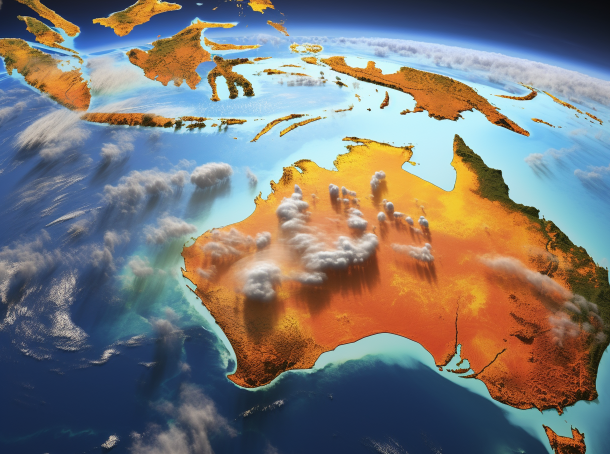Australia Declared Early El Niño and Heatwave, Raising Concerns
Australia has formally acknowledged the possibility of an El Niño phenomenon, which was capped off by a September heatwave that caused temperatures in the country’s southeast to soar. Even the first complete fire ban in three years was sparked by this extraordinary weather pattern.
But what precisely is El Niño? The weather in Australia and around the world is significantly impacted by this natural ocean-atmosphere phenomenon. The center and eastern Pacific Oceans experience warmer temperatures at the sea surface during El Niño, whereas Australia’s northern areas experience cooling. Weaker eastern trade winds and the Walker’s Circulation, an unusual circulation pattern, are linked to this temperature change.
According to government weather forecaster Karl Braganza, the greater surface temperature in the Pacific may affect Australia’s weather through the first few months of next year. Simply said, this El Niño pattern is anticipated to last for a while.
According to government weather forecaster Karl Braganza, the greater temperatures at the surface in the Pacific Ocean may affect Australia’s weather through the first few months of 2019. Simply said, this El Niño pattern is anticipated to last for a while.
El Niño events typically last between nine and twelve months and happen approximately every two to seven years. El Niño had been confirmed to be happening in July by the World Meteorological Organization, which is part of the United Nations, and it was highly likely to continue through the latter part of 2023.
How does this affect Australians, then? Well, forecasters warn that risky wildfire conditions could result in temperatures rising and strong winds. Since the terrible wildfires of 2019, which severely harmed wildlife and burned great swaths of woods and communities, these conditions have been among the riskiest.
On the outskirts of Sydney, controlled fires have already been carried out as a precaution against the impending wildfire risk. All of this is done in an effort to lessen the likelihood of wildfires during what is anticipated to be a dry and hot summertime in the southern hemisphere.
El Niño frequently causes major weather occurrences like cyclones and droughts in Australia and has a tendency to cause drier conditions there. It’s important to note that climate change is causing increasingly unpredictable weather patterns all throughout the planet, with July 2023 being the hottest month ever measured on Earth.
It’s critical for people and communities to keep aware and take measures as Australia deals with these environmental difficulties to maintain safety during this time of increased danger.
Article By Deby T
You can also join our Facebook Community for more such updates.
You can also read about Canada-India Relations.
